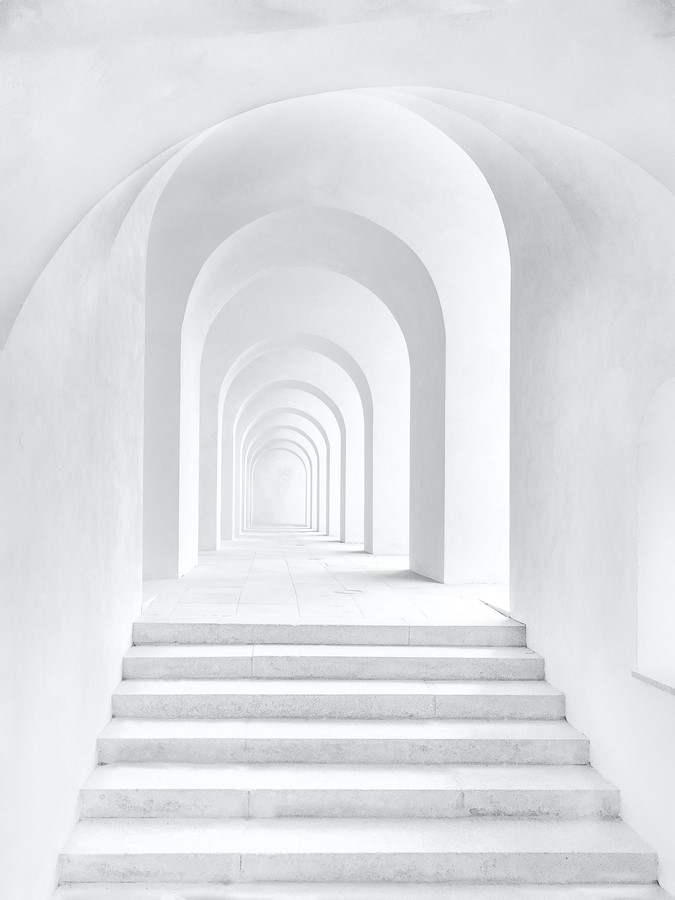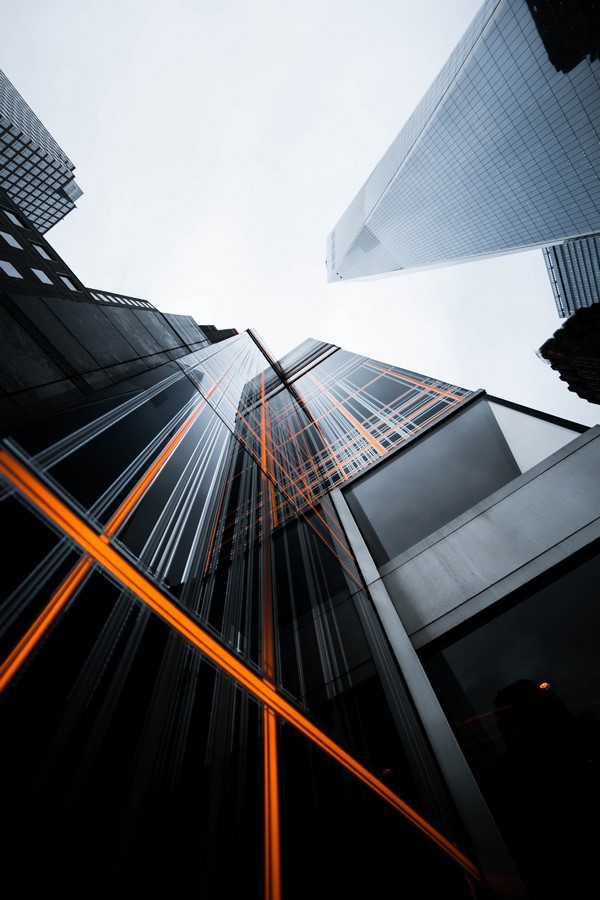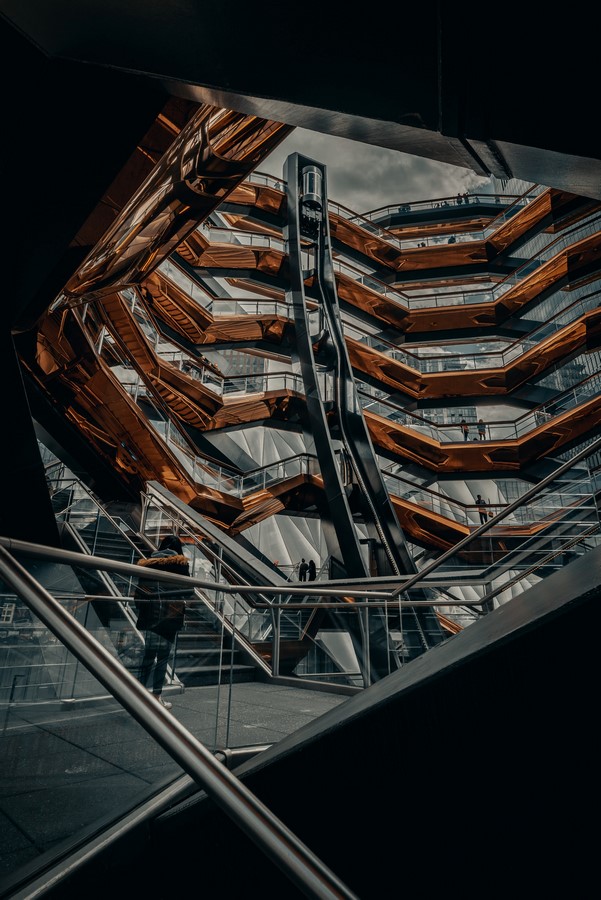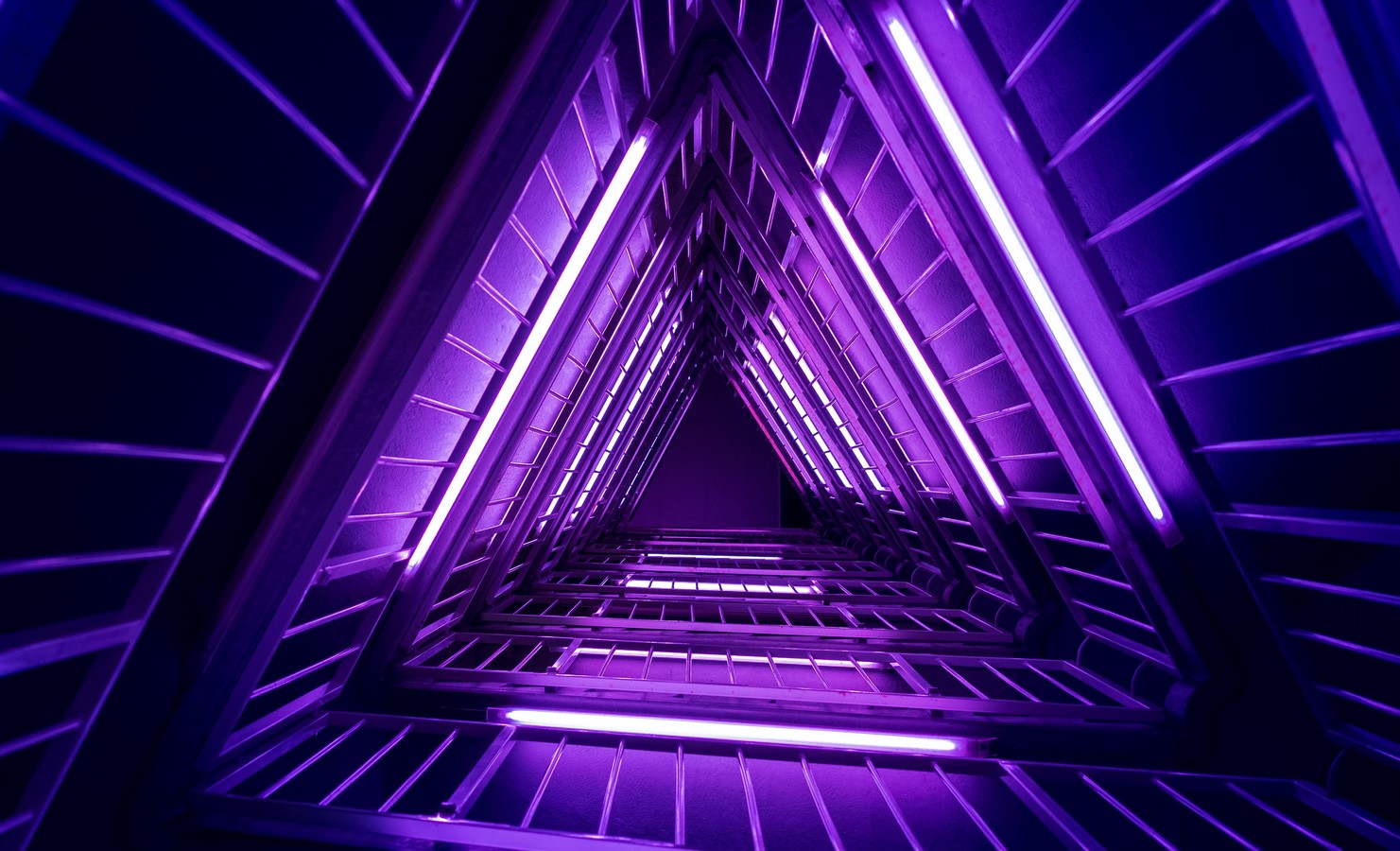Artistic expression in architecture transcends the mere construction of structures; it is a powerful medium for conveying emotions, culture, and ideas. Architects shape their surrounding physical space not only for functional purposes but also to evoke aesthetic, social, and emotional responses. They diversify how they express themselves, and they redefine spatial boundaries. They have been manipulating physical space, their works through form, function, and artistic intent in architectural design have the potential to transform the built environment into a reflection of human creativity and identity. The 2020 worldwide lockdown has deemed the architectural and urban spaces useless, thus calling for everything to go virtual. Up until this radical situation, virtual presence was optional rather than necessary where it was perceived as visualization of data rather than architecture and spaces of interaction.

The Novelty of Virtual Design
Artistic expression in virtual worlds, particularly in the field of architecture, presents a unique canvas for architects and designers to explore, experiment, and redefine the boundaries of identity and authenticity. They offer architects a platform to express their unique architectural identities free of the confining prospects of reality. The virtuality of space enabled architects to create fictional narratives that revolutionized the creative process and concept development in design. The experimentational aspects of virtual design have expanded our understanding of how we shape, experience, and navigate space. This medium of creativity offers the possibility of communicating a radical idea to a wider audience.
The concept of virtual worlds moved beyond the algorithmic connections of social media and progressed towards the Metaverse. The concept of the Metaverse is to act as a collective virtual shared space that integrates aspects of augmented reality, virtual reality, and the internet. It inaugurates a different method of thinking, conceptualizing, designing, and living in general. It boosts the architectural profession and paves the way for virtual prototyping, immersive design visualization, collaborative design, user engagement, and sustainability and simulation. It is a tool for the exploration of how physical spaces can be transformed or repurposed. The digital overlays of augmented reality (AR) enhance the perception of space and provide information about buildings, and historical contexts.

Virtual Exposure
The design process can explore four interrelated domains of expertise to ensure the communicative qualities of space.
Spatiology: organization delivering complex configurations.
Phenomenology: articulation delivering perceptual tractability.
Semiology: signification delivering information-richness.
Dramaturgy: interaction delivering interaction-richness.
By understanding the conceptualization of virtual space, dramaturgy will be a much more dominant parameter in the metaverse than it was in the context of physical architecture. That’s why real-world implementation can be tricky if the experimentation of the design in the virtual environment is fictionalized and exaggerated so that it can neither be constructed nor function effectively.
Virtual Exposure created a boundless creative space for architects to explore and celebrate diverse cultural and architectural traditions, fostering cross-cultural understanding and appreciation. It exposed architects to a wider audience where they are no longer confined to the physicality of space. However, it threatens the authenticity of the architectural identity because how can one conserve the authenticity of their artistic expressions while also appealing to an accumulation of diverse cultural contexts?

Threat to The Authenticity of Architecture
Homogenization of Design
In virtual spaces, designs may lean towards a certain futuristic aesthetic, potentially leading to a homogenization of architectural styles. This could result in a loss of architectural diversity and regional identity.
Loss of Cultural Context:
In a global metaverse, cultural context can be overlooked or diluted. Architecture often reflects local cultures and traditions, but in a virtual world, these unique identities may not be adequately represented.
Virtual Imitation:
There’s a risk that the metaverse could encourage the replication of architectural styles and landmarks from the physical world. While this can be a form of homage, it may diminish the originality of virtual architecture.
Overemphasis on Technology:
As the metaverse is closely associated with technology, there may be an overemphasis on high-tech design elements. This could overshadow other important aspects of architectural identity, such as sustainability and human-centric design.

Identity Confusion:
Virtual architecture can create confusion about the identity of spaces. In the metaverse, it may be challenging to distinguish between real and virtual environments, which can have implications for wayfinding and a sense of place.
Unrealistic Expectations:
The metaverse might encourage unrealistic and impractical architectural designs that cannot be replicated in the physical world. This could set unattainable standards for real-world architecture.
Lack of Physical Interaction:
Architectural identity often relies on how spaces are physically experienced. In the metaverse, the lack of physical interaction may hinder the full expression and experience of architectural identity.
Architectural Preservation:
There may be issues related to the preservation of virtual architectural creations and their historical significance.

As the artistic expression in the virtual worlds continues to develop and expand, architects will need to adapt to this evolving digital landscape. This will require a deep understanding of virtual design tools, technology, and the potential for redefining architectural practice in both virtual and physical spaces. Additionally, architects will need to address issues of accessibility, security, and the ethical dimensions of designing in a virtual, shared space.
References
Schumacher, P. The metaverse as opportunity for architecture and society: design drivers, core competencies. ARIN 1, 11 (2022). https://doi.org/10.1007/s44223-022-00010-z
Liggett, S. (2023). Creativity and Virtual Worlds. In: Creativity in Art, Design and Technology. Springer Series on Cultural Computing(). Springer, Cham. https://doi.org/10.1007/978-3-031-24869-6_4
/Imagine: A journey into the New Virtual. /imagine: A Journey into The New Virtual. (n.d.). https://www.thenewvirtual.org/
Maclean, B. (2023, September 25). Artistic identity in a globalized world: The challenges and opportunities. Medium. https://medium.com/@benedict_75724/artistic-identity-in-a-globalized-world-the-challenges-and-opportunities-a78f654d59fc
















